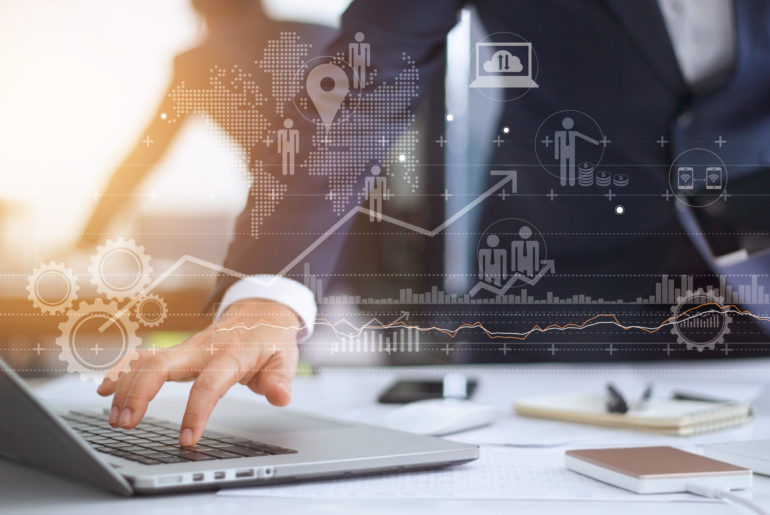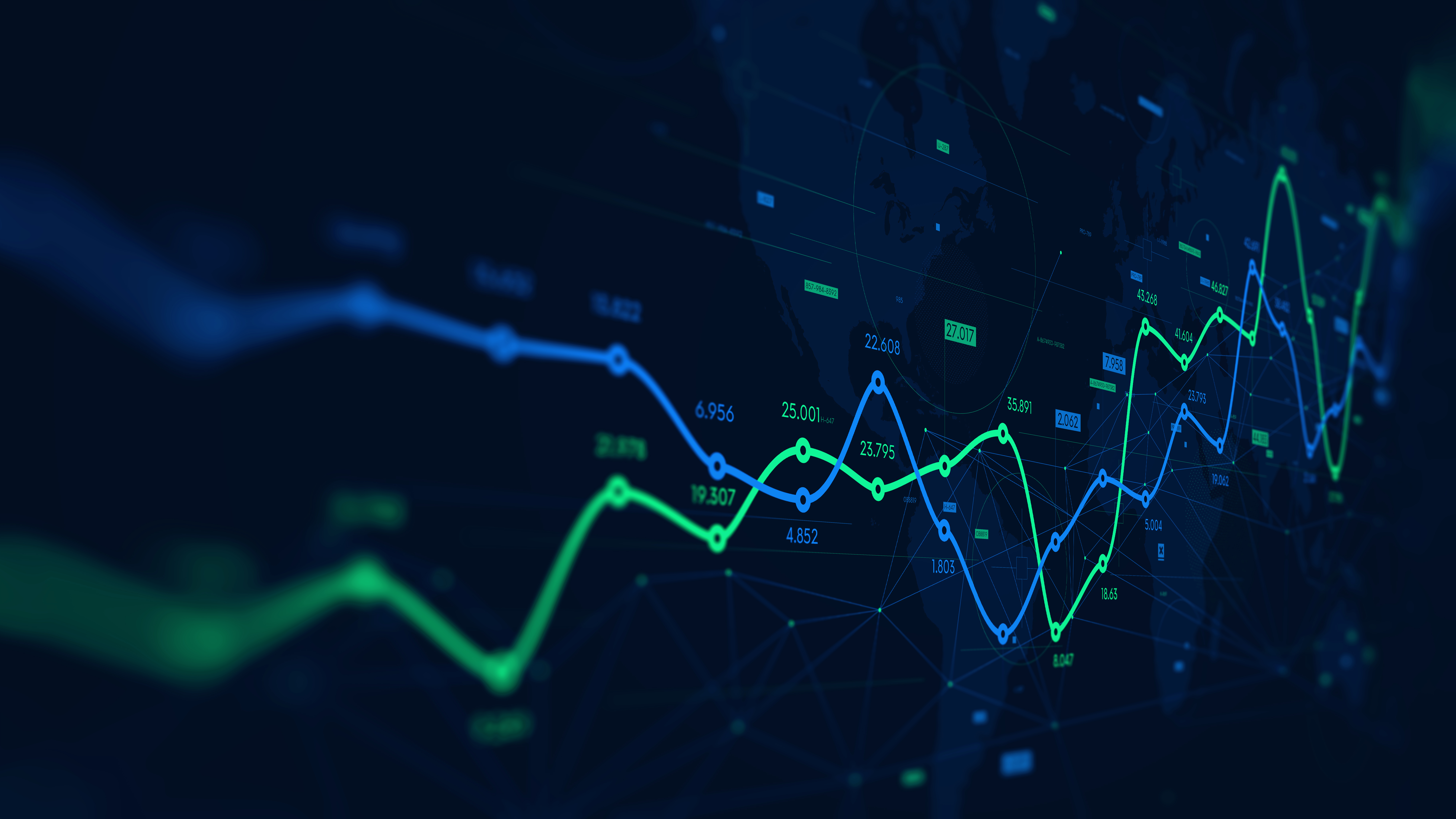COVID-19 has had an uneven effect on the gaming industry. Explore the challenges and opportunities with IDC’s Lewis Ward.
COVID-19 is forcing companies to re-evaluate their technology and processes. Explore how SaaS and cloud software is supporting digital transformation with IDC.
Enterprises are turning to IT and business services to navigate their responses to COVID-19. Explore the roles services play with IDC’s Rebecca Segal.
External data is available about a broad variety of data domains and categories. Explore the Data-as-a-service (DaaS) landscape with IDC’s Lynne Schneider.
Enterprise security will encounter 5 phases in response to COVID-19’s effects. Explore what CISOs need to know about these phases with IDC’s Christina Richmond.
Buyer intent and market indicators experienced double digit drops in the past 2 weeks. Explore the IDC COVID-19 Tech Index data with Stephen Minton.
Public cloud infrastructure spend is growing faster than traditional IT infrastructure spend. Explore that investment through the enterprise workload lens with IDC.
Explore the ways in which cloud adoption varies across 24 industry segments with IDC’s robust Industry CloudPath program and Eric Newmark.
Explore the innovative technologies, including AI and 5G, being used to combat COVID-19 with IDC’s Chris Kanthan.








